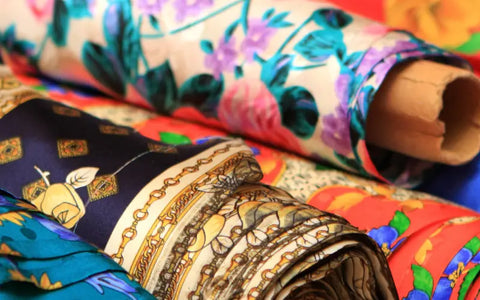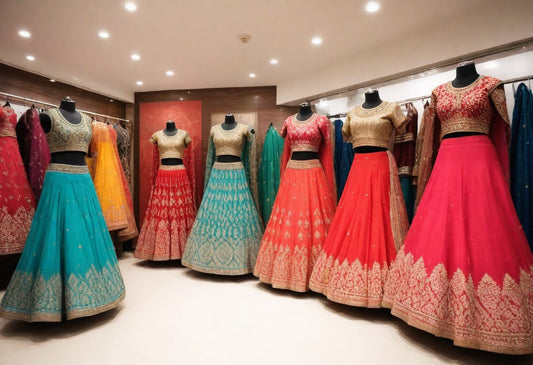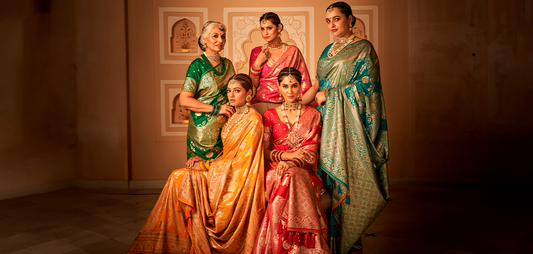Silk, a luxurious and versatile fabric, has a rich history that spans thousands of years. From its origins in ancient China to its global presence today, silk has been a symbol of elegance and refinement. But did you know that silk production is not limited to just one region? In fact, the world is home to a diverse array of silk traditions, each with its own unique techniques and cultural significance. Let's explore some of the most fascinating silk traditions from around the globe.
1. Chinese Silk: The Birthplace of Silk

Image Courtesy: China Highlights
China is widely regarded as the birthplace of silk production. Legend has it that Empress Leizu discovered silk when a cocoon fell into her tea, unraveling the delicate threads. Since then, China has been at the forefront of silk production, utilizing intricate weaving techniques and exquisite designs. Chinese silk is known for its lustrous sheen, smooth texture, and vibrant colors.
2. Indian Silk: A Kaleidoscope of Colors

India has a long and storied history of silk production, with its roots dating back to ancient times. Indian silk is renowned for its vibrant colors and intricate patterns. From the golden silk of Kanchipuram to the delicate silk of Banaras, each region in India has its own unique style and technique. Indian silk is often adorned with intricate embroidery and embellishments, making it a favorite choice for special occasions and weddings.
3. Japanese Silk: The Art of Kimono
Japan has a deep appreciation for silk, which is evident in its traditional garment, the kimono. Japanese silk is known for its exceptional quality and attention to detail. The kimono, with its flowing lines and exquisite patterns, is a testament to the artistry and craftsmanship of Japanese silk weavers. Silk production in Japan is a meticulous process that involves dyeing the threads with natural pigments and weaving them into intricate designs.
4. Thai Silk: Elegance and Sophistication

Image Courtesy: Exotravel
Thailand is renowned for its exquisite silk, which is often referred to as "Thai silk." Thai silk is characterized by its lustrous sheen and soft, lightweight texture. The intricate weaving techniques used in Thai silk production result in a fabric that is both durable and elegant. Thai silk is often used to create traditional garments such as the pha sin, a wrap-around skirt worn by Thai women.
5. Uzbek Silk: A Tapestry of Tradition

Image Courtesy: Alesouk
Uzbekistan, located in Central Asia, has a long history of silk production. Uzbek silk is known for its intricate patterns and vibrant colors. The traditional ikat technique, which involves dyeing the threads before weaving, is widely used in Uzbek silk production. The result is a fabric that is rich in texture and design, reflecting the cultural heritage of the region.
These are just a few examples of the world's most diverse silk traditions. Each tradition has its own unique style, technique, and cultural significance. Whether it's the intricate patterns of Indian silk or the elegant simplicity of Japanese silk, silk production is a true art form that continues to captivate and inspire.





